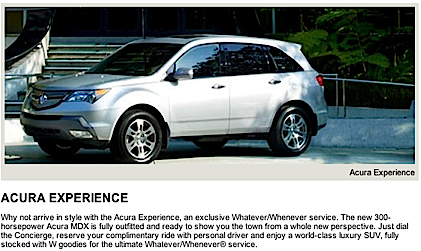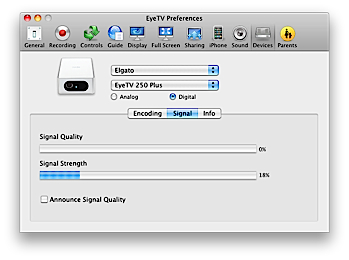Never goto Costco when you’re hungry. The other day I went to Costco to pick something up and walked out with a Logitech Harmony 880 remote. I had a Harmony 520 remote before and wasn’t all that impressed with it, but it has been a few years, so I decided to give it another try. With my new media center and TV, I now have 4 remotes to deal with everything, so life is much more complicated. Prior to my new TV and media center, my TiVo remote controlled the TV and TiVo, so I wasn’t used to multiple remotes.
remote. I had a Harmony 520 remote before and wasn’t all that impressed with it, but it has been a few years, so I decided to give it another try. With my new media center and TV, I now have 4 remotes to deal with everything, so life is much more complicated. Prior to my new TV and media center, my TiVo remote controlled the TV and TiVo, so I wasn’t used to multiple remotes.
When I first started configuring the remote, I saw the awful desktop software that hadn’t really improved since the 520 I had before. After a lot of work, I managed to get the “Devices” configured and things seemed to work. Where I really got confused was the activities; I just wanted to replace multiple remotes with one and switch between them. After more beating my head against the computer, I finally grasped the “activities”. For me, the activities are pretty simple, Watch TV, Watch EyeTV, Watch TiVo. I wanted to use the TV volume and have the rest of the controls work for the TiVo or EyeTV. In my first full day of testing, I can say that everything is almost working, but I’ve had to tweak the settings a half dozen times.
Time will tell if this will work out for me and be a true replacement for the jumble of remotes. After I’m satisfied with it, the next test will be to see if my wife will accept the remote. She’s very reluctant to change and I still haven’t had her “run” the EyeTV.
Pros
- Great physical feel; reminds me of the TiVo remote.
- Handles multiple devices.
- Nice color screen.
- Rechargable battery.
- Pretty much can be configured to work with any device.
Cons
- Desktop software is horrendous to use. It tries to walk you through everything which makes it cumbersome. Furthermore, it is some type of web app and really only a shell.
- I’m not quite used to the keys; they don’t quite map to my remotes so I have to use the “soft keys”.
- Tweaking controls takes time. For instance, each time I hit one key for the EyeTV, it sent the command twice. I had to walk through the help to fix it.
- Concept of activities is hard for me to grasp.
Overall impression
The jury is still out; since I bought it from Costco and it isn’t a TV/MP3 player, etc. I can return it when I’m done evaluating it and it doesn’t have to be within 90 days. I’m going to keep working with it and see if I can work through the quirks as it is highly configurable.

